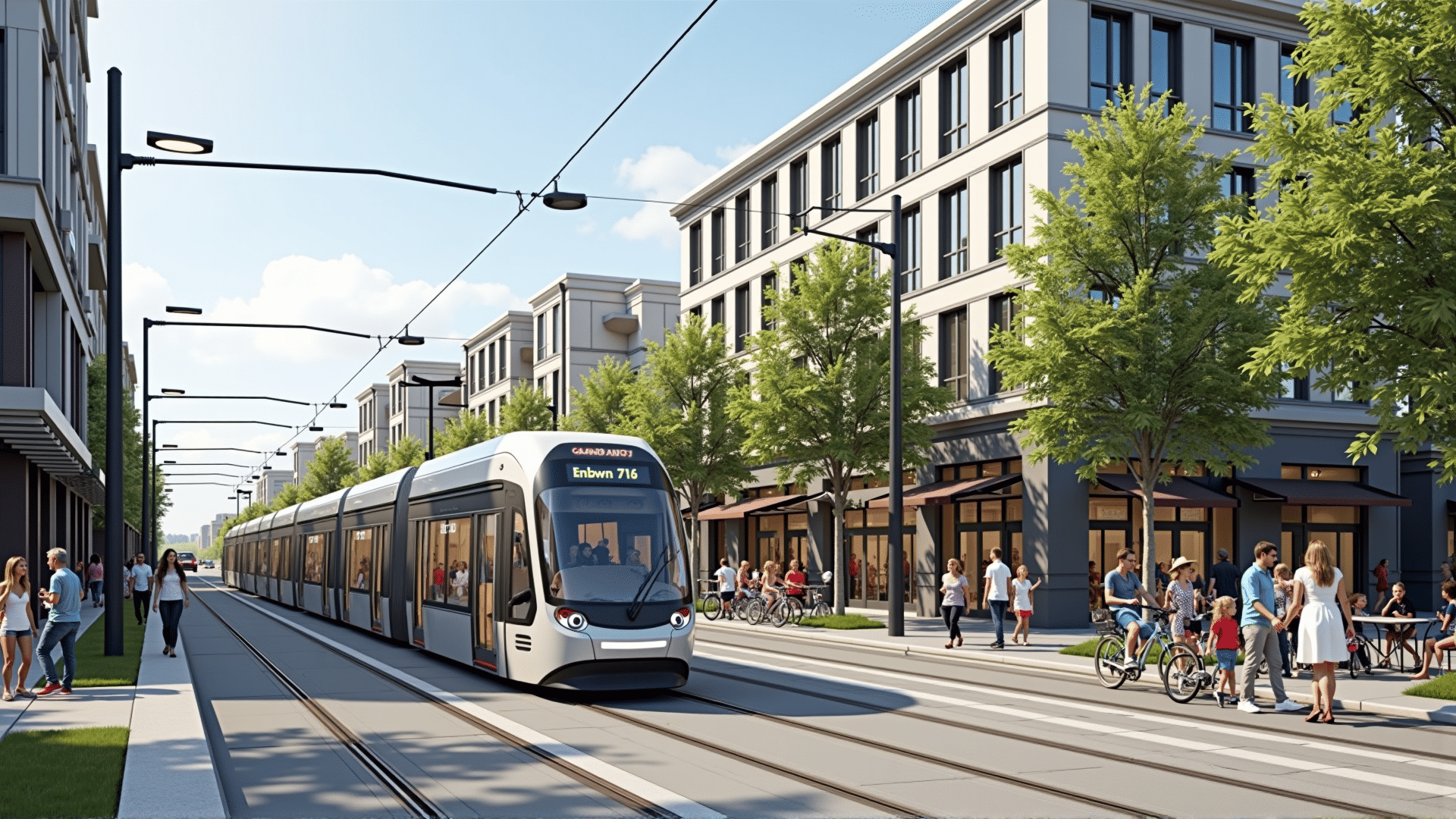Improved transit systems have emerged as a cornerstone for fostering community development and enhancing the quality of urban life across Canada. By prioritizing accessibility and connectivity, these systems not only ease commuting but also play a pivotal role in enriching social interactions and economic opportunities throughout cities and towns.
One of the primary ways enhanced transit contributes to community development is through the promotion of inclusivity. Modern transportation networks are designed to be accessible for individuals of all ages and abilities, making it easier for everyone to participate in community activities, access essential services, and engage with others. This inclusivity strengthens social cohesion and ensures that no one is left behind in the urban environment.
Moreover, transit improvements facilitate sustainable urban growth. By encouraging the use of public transportation, cities can reduce traffic congestion, minimize carbon emissions, and decrease reliance on personal vehicles. This shift promotes cleaner air and a healthier environment, creating more livable urban spaces. Additionally, the presence of efficient transit systems can guide city planning and development, contributing to well-organized neighborhoods and fostering walkable, pedestrian-friendly areas.
Economic vitality is another significant outcome of improved transit systems. Businesses benefit from increased foot traffic brought by convenient transportation links, while residents enjoy better access to job opportunities. A well-connected city can attract investments that spur local economic activities, driving forward community development and boosting overall prosperity.
Transit systems also open avenues for cultural exchange and diversity. By connecting various neighborhoods and communities, public transportation brings people of different backgrounds together, enriching the cultural fabric of a city. Events, markets, and public spaces become more accessible, allowing for the exchange of ideas, traditions, and experiences that contribute to a vibrant community life.
Finally, improved transit fosters a sense of pride and belonging among residents. When people feel connected to their city and its infrastructure, they are more likely to engage in civic activities, volunteer, and participate in community decisions. A shared sense of ownership over public spaces and services leads to stronger, more resilient communities that are well-equipped to tackle future challenges.
In conclusion, Canada's investment in public transit systems has a profound impact on community development. By enhancing connectivity, promoting inclusivity, and supporting sustainable growth, these systems contribute significantly to the quality of urban life, creating cities and towns that are not only efficient in their operation but also rich in community spirit.
